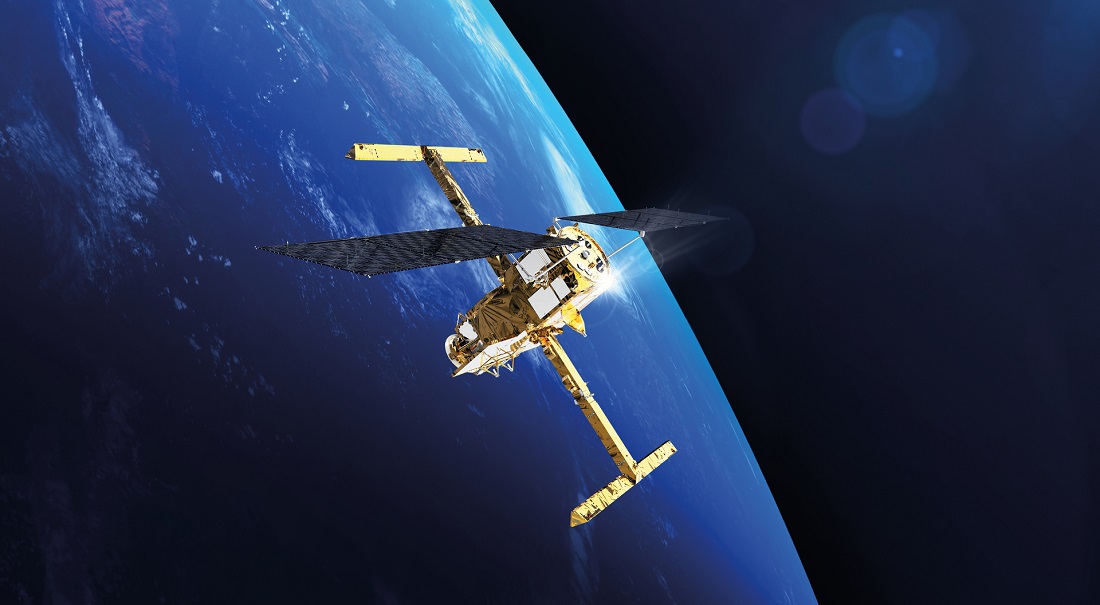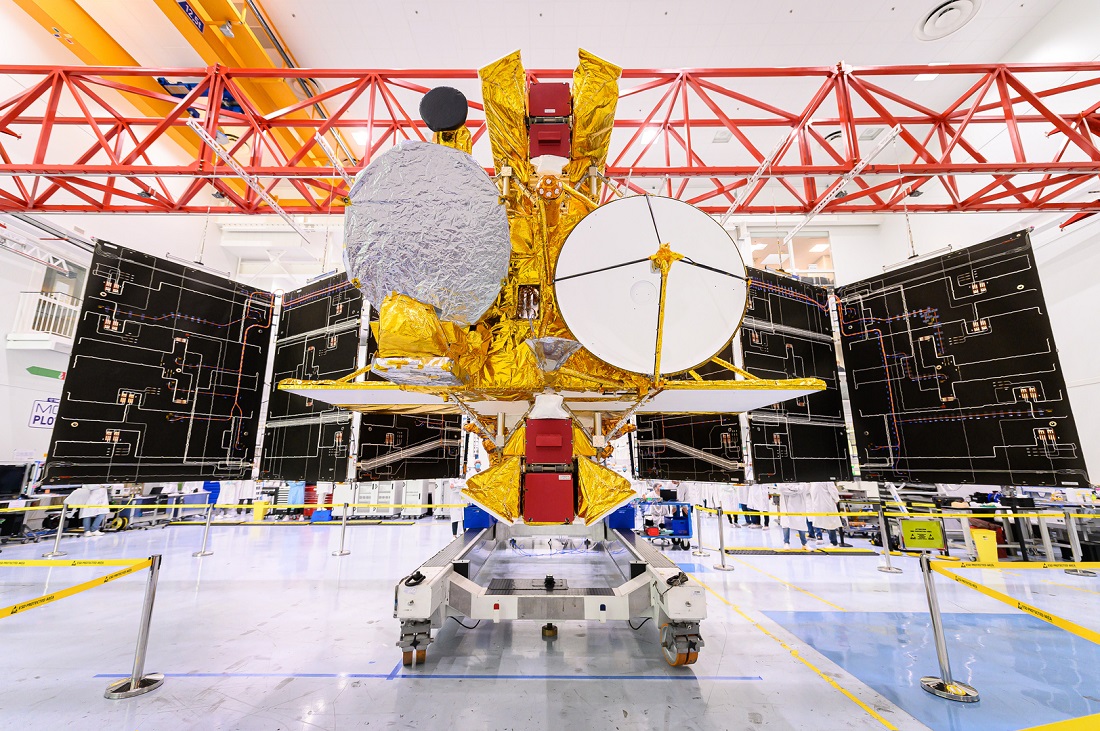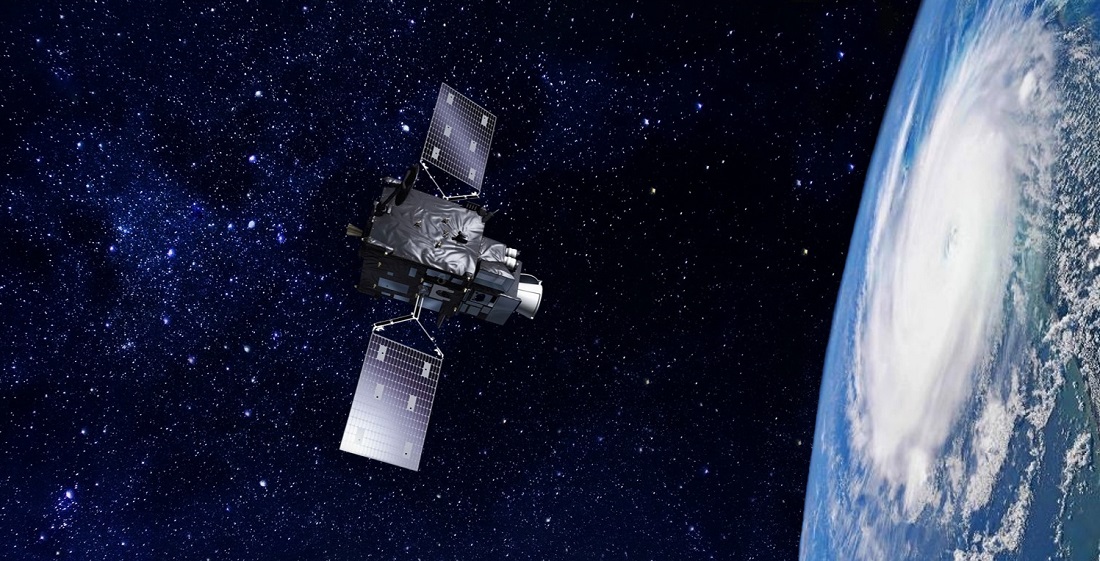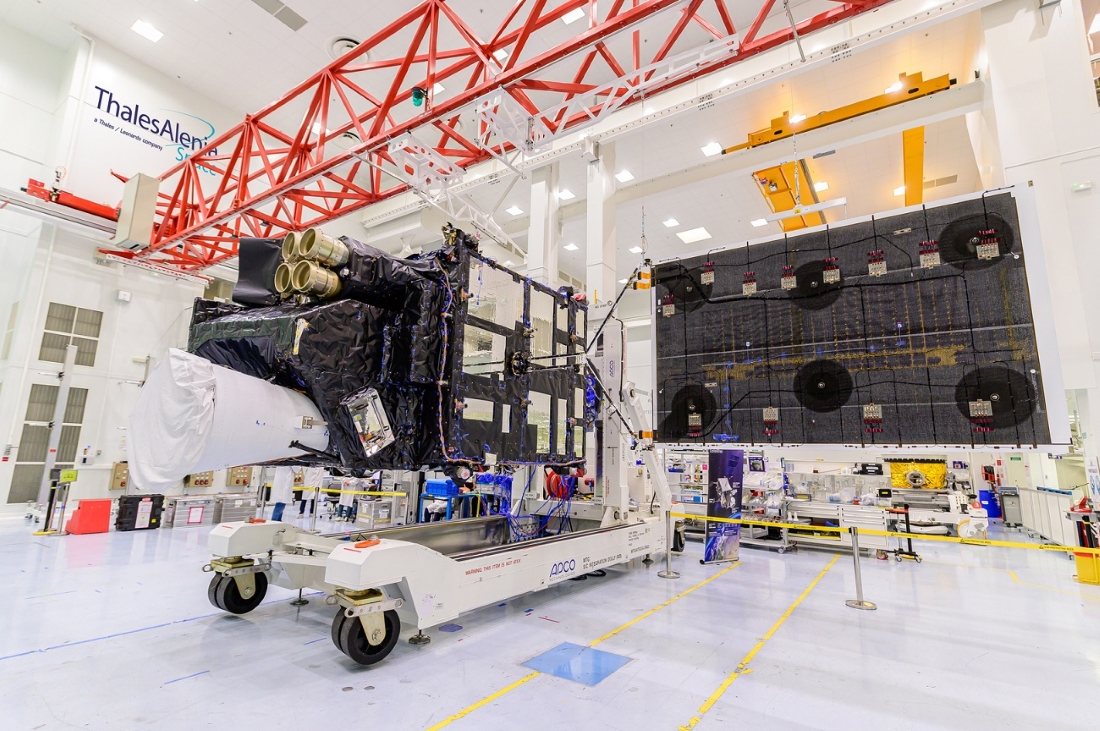Two new satellites to better understand the planet
Last week saw two major satellite launches destined to play a crucial role in understanding environmental and climate phenomena. What innovations are on board? And how was Thales Alenia Space's involved in their construction?
It seems almost counter-intuitive to send satellites hundreds of kilometres into space in order to monitor in the finest of detail what is happening back here on Earth, but that is exactly what took place last week, with the launch, just a few days apart, of the first MTG (Meteosat Third Generation) imager and SWOT (Surface Water Ocean Topography) satellites. Thales Alenia Space has played a major role on both missions: as prime contractor for MTG-I1, and lead industrial partner for SWOT.
Monitoring the planet requires the precise measurement of two extremely dynamic environments: oceans and the atmosphere. Traditionally, both surface and depth measurements of the ocean are carried out by ships and buoys, but the downside of this system is that it provides only partial, irregular coverage of the ocean’s surface. There is no guarantee that the measurements will always be consistent from one vessel to the next, and they are spread too widely for them to provide a truly accurate picture of the ocean environment.
Greater precision, increased efficiency
What SWOT will be able to do is measure ocean topography with a far greater degree of precision. Over a 120-kilometre swath of ocean, it will be able to provide points every 100 metres, compared to every 500 metres today. The tighter mesh that this satellite coverage provides will enable the detection of smaller-scale ocean phenomena. Today, we are aware of large ocean currents such as the Gulf Stream, but SWOT will be able to identify much more localised currents that ships can use to navigate more efficiently.

Not only will SWOT contribute to a reduction in fuel consumption, it will also play a vital role in safety on the ocean. The satellite is capable of detecting rises in sea levels of just a few centimetres, and of measuring the average height of waves in a given area. This is a crucial piece of data for ocean-going vessels and offshore platforms, enabling them to get advanced warning of adverse conditions and thus implement the necessary measures to ensure that both vessel and crew are safe.
Access to drinking water: a critical issue
A joint mission between the CNES and NASA, with additional contributions from the Canadian and UK space agencies, SWOT’s technical prowess, however, is not limited to ocean topography. With its much denser measurement network, it can also measure the levels of inland bodies of water such as lakes, which would have been impossible previously. With rising temperatures and dwindling water-levels around the world, knowing where there is – and where there will be – access to drinking water is going to vital for populations in certain areas.

In addition, SWOT is a more sustainable kind of satellite. It will be the first ever satellite capable of carrying out a controlled atmospheric reentry at the end of its service life, in line with France’s new Law on Space Operations, which took effect in 2020 to deal with the growing problem of space debris. When the satellite’s mission is over, it will perform a controlled entry into the atmosphere. Most of the satellite will burn up on entry; what remains will fall to earth in areas that present no risk to people or property.
The ocean and the atmosphere: a dynamic connection
The ocean is not the only environment in which satellites have a key role to play. The atmosphere is a far more dynamic environment than the ocean, with the heat exchanges between the two requiring even more precise and frequent measurement.
Despite being an ocean topography satellite, SWOT also has a role to play in this field – by improving oceanographic predictions, it also contributes to an improvement in meteorological predictions. However, the real significant contributor in this field is MTG-I1, the latest European geostationary weather satellite.
Thales Alenia Space has been prime contractor for all European geostationary weather satellites, built on behalf of the European Space Agency (ESA) and EUMETSAT, since the launch of the very first Meteosat in 1977. Back then, weather satellites were monitoring cloud movement and measuring humidity, which provided enough information to draw up the following day’s weather forecast for the evening news. As time has passed and technology has improved, measuring instruments have been added to successive generations. The refresh rate of the images of Earth has subsequently gone from 30 minutes with Meteosat to 15 minutes with Metosat Second Generation, and now down to a mere 10 minutes thanks to MTG, with a rate of 2.5 minutes over Europe. MTG-I1 will also be used for the early detection of storms and extreme weather events, while also improving aviation safety. It is due to be operational in 2023, and will be followed by five additional satellites in the years to come.

Saving lives
One might be tempted to think that the biggest impact of a more accurate weather forecast is a better chance of knowing whether you need to slip an umbrella in your bag when you set out for work in the morning. However, MTG’s operational satellites represent much more than that: incorrect or inaccurate weather predictions can have disastrous consequences, both for property and human life.
Increasing the frequency and number of measurements means better accuracy, in terms of both time and location. Tornadoes, hurricanes and other extreme weather conditions are very local; MTG will be able to cover grids as small as 500m, thus improving immeasurably the response time.
Nowcasting, not forecasting
In these circumstances, governments and local authorities need to know not what is going to happen in the next 12 or 24 hours, but what is going to happen in the next 30 minutes. That information will enable them to alert local populations both quicker and in a more specific area.
In addition, predictions that are more accurate enable the response to be more efficiently adapted to the situation. If areas identified as not being in the danger zone are not evacuated unnecessarily, it limits the economic impact; more importantly, people will tend to trust the information when they do actually need to leave the area, and lives will be saved.

Revolutionary 3D mapping
MTG, this third generation of satellites developed in collaboration with OHB, will include a total of six satellites: four imagers and two atmospheric sounders. The two atmospheric sounding satellites will represent a real technological leap, yielding 3D maps of the atmosphere – a world first. They will also provide a host of atmospheric measurements – temperature, humidity, pressure – that will also enable faster prediction of, and improved response times to, extreme weather events.
Monitoring the planet’s health
Just as advances in medical technology improve the monitoring of patients’ health, so the cutting-edge technology on board SWOT and MTG are going to enable huge improvements in how we monitor the health of our planet. The one crucial difference is that a satellite such as MTG will be able to provide a real-time update once every ten minutes, rather than once a month or once a year.
Although satellite technology is obviously not able to eradicate climate change, it is capable of providing the world’s decision-makers with all the data they need to help shape a future we can all trust.


